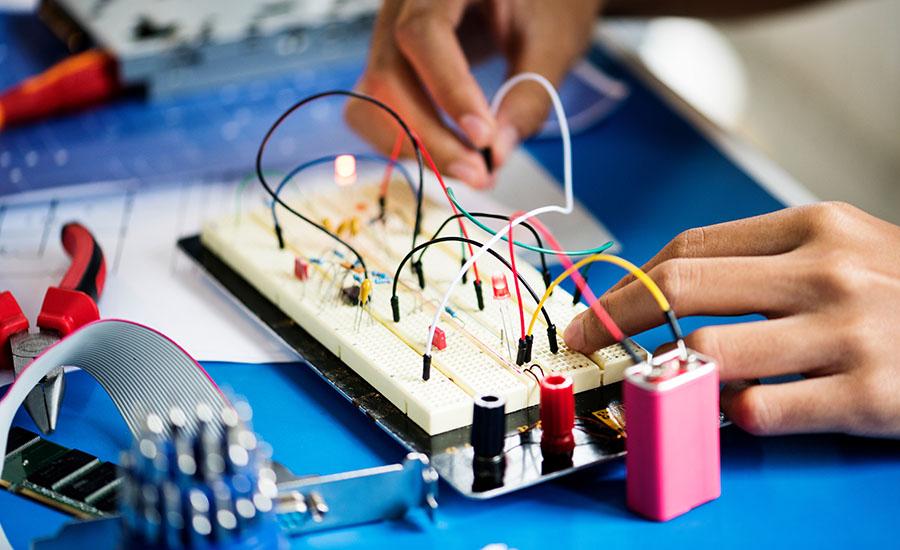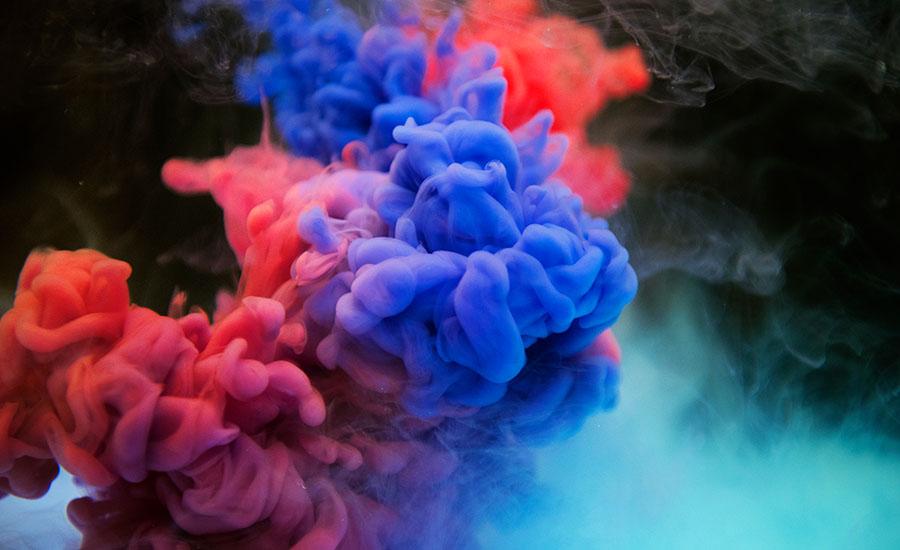
Groundhog Day: Investigating Shadows and Light
by Brittany Robertson
In this Kindergarten STEM lesson, students explore the concepts of light and shadows using Groundhog Day as a thematic starting point. The lesson begins with an engaging introduction through a SciShow Kids video and the book "Groundhog Day!" by Gail Gibbons. Students then create groundhog shadow puppets and investigate how shadows are formed using flashlights and natural light in different settings. They will use non-standard measurement tools to measure shadow lengths, incorporating basic math skills into the activity. The lesson develops students' understanding of transparent, translucent, and opaque objects while providing hands-on experience with scientific investigation and measurement.
Lesson Grade Level
KindergartenLesson Plan Link/URL
https://docs.google.com/presentation/d/16d3f3fimTxXRT0mzr0M-GIT3jM2k3qoB/edit?u…Subject Area
Science Physical Science P2: Objects at a Distance Mathematics Measurement and Data (MD)
Featured
Off
Related Content

Grades:
9th Grade, 10th Grade, 11th Grade, 12th Grade
Students pull wooden "sleds" with different masses on them over various types of surfaces with spring scales (force meters) to calculate the different coefficients of friction. Students graph the data

Grades:
6th Grade, 7th Grade, 8th Grade
This STEM lesson focuses on science and math. It was written for 6th through 8th grade, but it can be adjusted to fit other grades. It was made for a whole group start, then move into groups of 3-4

Grades:
8th Grade, 9th Grade
In this lesson, the phenomenon of soap making will be used to teach the chemical reactions and physical and chemical properties to middle school students.